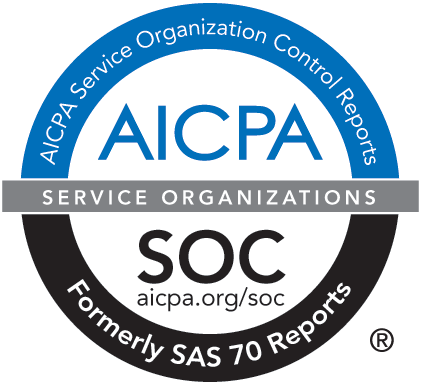Back to School: Learning the Language of Charitable Gift Planning Part 5
November 6, 2025 - Math, markers and… mutual funds? In our last installment of the charitable gift planning language series, we are exploring some of the fundamental terms of investments.
Investments can be a powerful tool to grow charitable gifts beyond their principal amount. A strong understanding of the investment market and its commonly used terms can help donors make informed decisions about the best way to grow their charitable assets.
Check out this glossary of key investment terms below, and learn more about HighGround’s investment strategy here.
Investments Glossary
- Active Management: An investment approach that is more hands-on and involves more frequent trades. All investment decisions are made by a portfolio manager(s) and follow market trends and other real-time factors.
- Asset Allocation: The selection of different asset types to build out a desired portfolio. Best practice is usually to find an asset allocation that balances risk and return.
- Bear Market: A trend in the financial market with a consistent market downturn and decreasing asset prices. These market conditions lead to investors being more risk adverse.
- Bull Market: A trend in the financial market with a consistent market upturn and increasing asset prices. These conditions lead to investor optimism and demand for stocks and securities is strong.
- Consumer Price Index (CPI): A measure of the average change of the price of goods and services paid by consumers.
- Current Yield: The expected annual return of a bond or fund. It is calculated by dividing the annual income an investment produces by the current market price.
- Developed Markets: An established economy with sustained economic growth and mature financial systems. Noneconomic factors such as education, health and stable legal systems are also defining factors.
- Diversification: An investment strategy that reduces risk by investing in a variety of asset classes and types.
- Emerging Markets: A developing economy with rapid growth and growing global influence. These offer high growth potential and are in the process of becoming developed markets but also carry risks such as political instability and volatility.
- Exchange-Traded Fund (ETF): A bundle of multiple investments that trade on exchanges. You can buy and sell during market hours, just like an individual stock. ETFs tend to attract investors looking for flexibility, low costs and tax efficiency. They are often passively managed.
- Expense Ratio: The annual cost of the fund, including all operating costs, divided by the total net assets of the fund. This is expressed in a percentage and is useful in determining the fund’s overall returns.
- Fiduciary: An entity, such as an organization or individual, that acts on behalf of their client and is legally bound to act in the best interests of their client, not themselves.
- Fund of Funds: An investment strategy that is a portfolio of other funds rather than directly investing in stocks or other individual securities. It is characterized by its diversification and can give investors access to top-tier funds for a lower initial investment.
- Index Fund: A type of ETF or mutual fund that is characterized by its long-term, hands-off investment approach that seeks to match market performance of a specific market index, such as the S&P 500, at a low cost.
- Liquidity: The ease with which an asset can be converted to cash without negatively impacting its market value.
- Mutual Fund: An investment vehicle that is characterized by its professional, hands-on management style and higher fees. Mutual funds typically attempt to outperform the market performance and can only be traded after the market closes each day.
- Passive Management: An investment approach that seeks to mimic the performance of a chosen index, such as the S&P 500, by holding similar securities. Trades are often automated, with little human decision-making.
- Socially Screened Funds: Investment funds that only include investments that align with a defined set of values, such as religious, environmental or ethical standards. Investing in socially screened funds is a way to generate social change and ensure funds are not going towards companies that do not align with an investor’s values, while also producing financial returns.
- Time horizon: The amount of time investors expect to hold an investment to reach their financial goals. This influences the type and risk-level of investments chosen. Short-term horizons utilize more conservative investment methods, while longer-term horizons allow for riskier investments and compounding returns.
What’s Next?
That is the end of our Back-to-School series about the language of charitable gift planning. If you haven’t already, be sure to check out the rest of our ABCs of Charitable Gift Planning series to learn more about estate planning, charitable giving vehicles, noncash assets and minerals management.
While this glossary is a great starting point, charitable gift planning is deeply personal. Our trust and legal team is here to help tailor strategies that align with your values, financial goals and philanthropic vision.
To learn more, visit highgroundadvisors.org/gift-planning or contact us directly at 214.978.3300 or legalteam@highgroundadvisors.org.
Read More
If you haven’t already, be sure to check out the rest of our ABCs of Charitable Gift Planning series to learn more:
Back to School: Estate Planning
Back to School: Charitable Giving Vehicles



